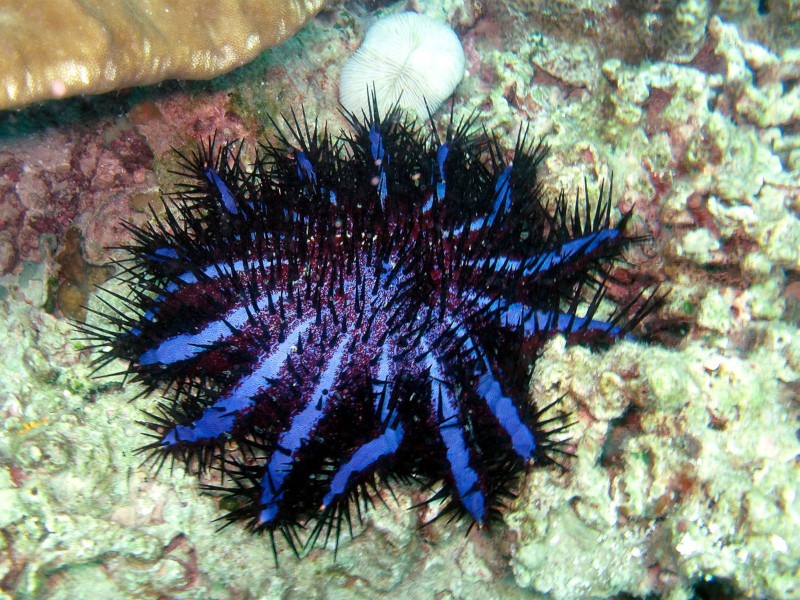
Crown-of-thorns starfish Facts
- Perhaps most notably, the unusual term Crown-of-thorns starfish serves the accepted common name of a highly distinctive species of starfish. This incredibly fascinating animal also goes by the scientific name of the Acanthaster planci. But, by either name one calls it, this specimen stands out from the crowd, as one of the most visually remarkable of its related species.
- Georg Eberhard Rumphius became the first person to officially recognize the creature. This action occurred in the year 1705. Somewhat ironically, he primarily worked as a botanist for the Dutch East India Company during this time. Quite unfortunately, since this time, the scientific placement of the invertebrate has been the source of an ongoing debate.
- For the moment, the population of the Crown-of-thorns starfish appears to be stable. Therefore, it does not presently appear on the IUCN Red List. Nevertheless, like many species around the world today, it could be considered to be in danger. Also like many other creatures, the greatest threat the animal faces most likely consists of the ongoing threat of climate change.
Related Articles
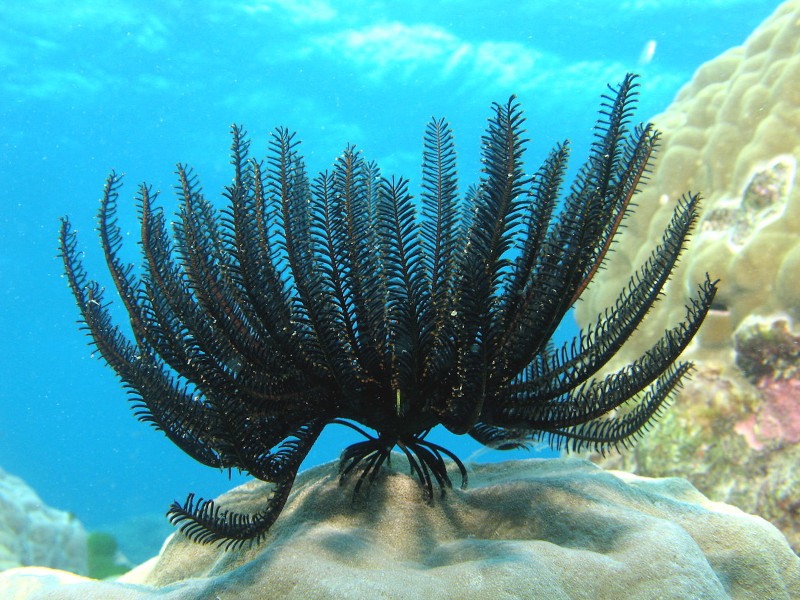

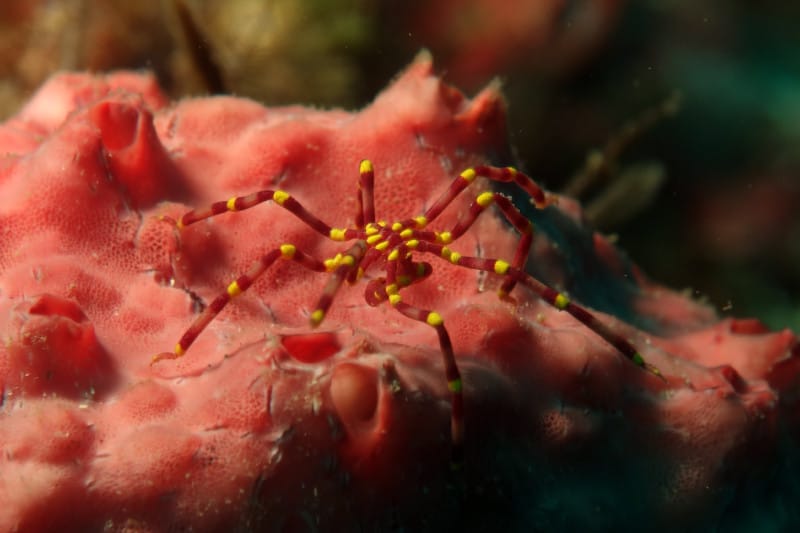
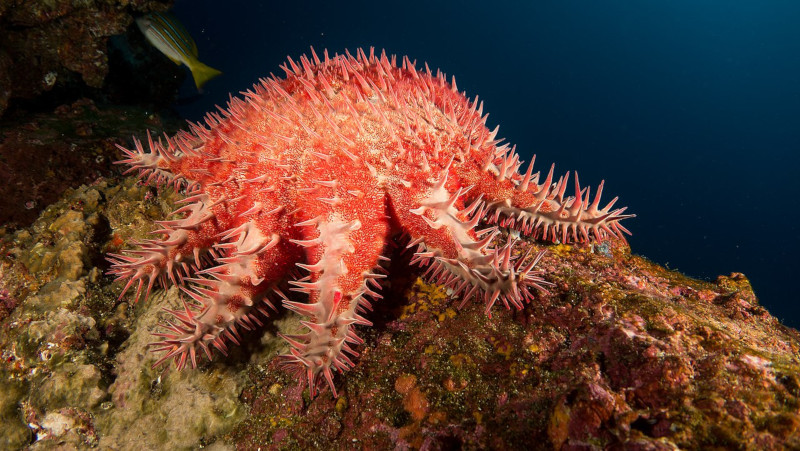
Crown-of-thorns starfish Physical Description
First of all, the sincerely astounding Crown-of-thorns starfish possesses the same fundamental basic shape as other types of starfish. Also, that holds true due to the simple fact that the invertebrate develops a central disk surrounded by numerous projecting arms. In fact, like others of it kind, these radiate out from that central disk.
Unlike some varieties of its kind, this amazing creature does not display any degree of the trait of sexual dimorphism. As a result, mature individuals of both genders attain an average diameter of about 9.8 – 13.8 in (25 – 35 cm). However, colors vary greatly between individuals. These mostly consist of dull colors, but some can be quite bright.
But, the most distinctive feature of the Crown-of-thorns starfish undoubtedly remains its arms, for which it’s named. The number of these varies, but can total as many as 23. Each possesses a dense covering of long, sharp spines on the upper surface. Finally, these also contain a powerfully irritating, but non-lethal toxin.
- Kingdom: Animalia
- Phylum: Echinodermata
- Class: Asteroidea
- Order: Valvatida
- Family: Acanthasteridae
- Genus: Acanthaster
- Species: Acanthaster planci
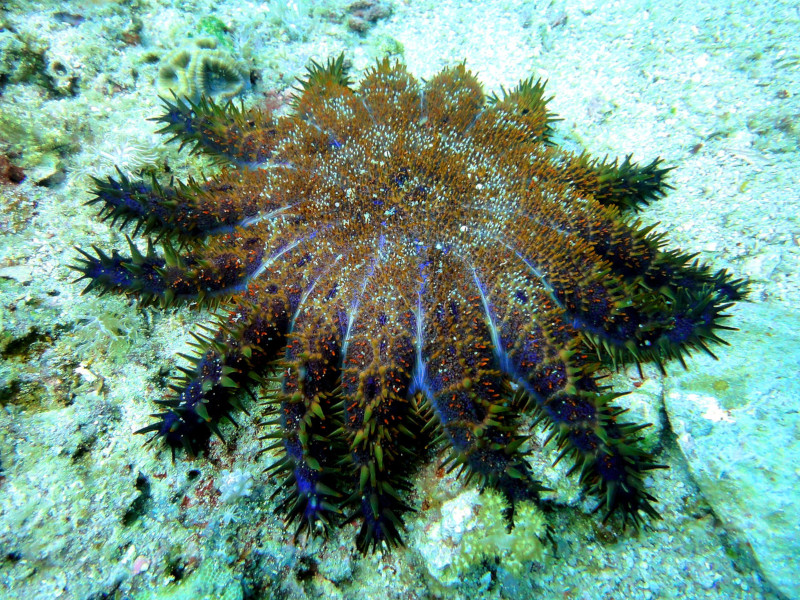
Crown-of-thorns starfish Distribution, Habitat, and Ecology
The mesmerizing Crown-of-thorns starfish has an extremely broad zone of distribution. That’s because it inhabits a broad swathe of the Indo-Pacific region of the oceans of the Earth. More precisely, this extends from the Red Sea to the coast of Africa, across the Indian Ocean, and all the way to the west coast of Central America. However, the majority of them live in the area of the coast of Australia.
This impressive species generally prefers to inhabit regions of still water. In point of fact, it rarely appears in any other type of habitat. Yet, this may be in deep parts of the ocean, or in such locations as bays and lagoons. Nonetheless, this incredible work of Nature most often appears on or near regions of coral. In addition, individuals do not typically maintain a precise territory, but roam at random.
Like others of its kind, the beautiful Crown-of-thorns starfish evolved as a truly voracious predator. Juveniles of the species feed as planktonic organisms until they reach maturity. At that time, it feeds almost exclusively on various corals. If need be, it will also consume small invertebrates. Meanwhile, its own predators remain few, given its defenses. The few it has includes a few large fish.
Species Sharing Its Range
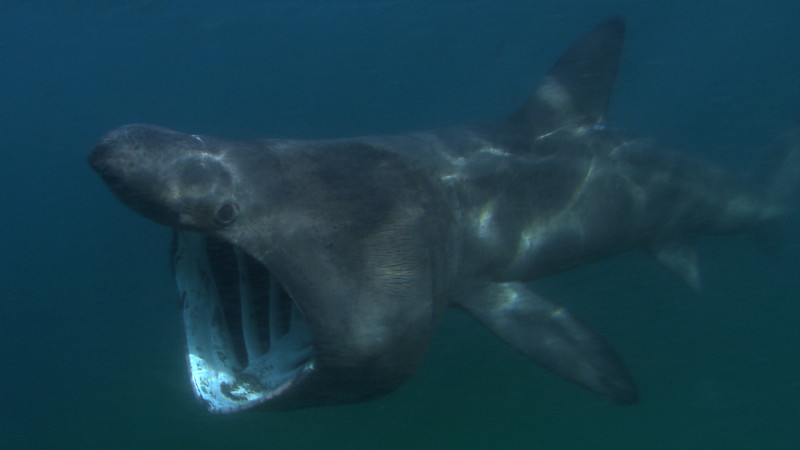

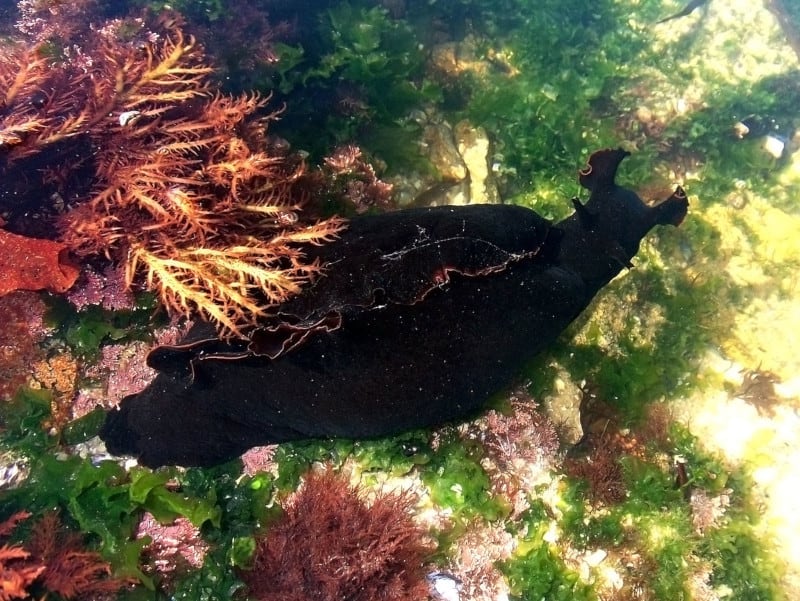
Check out our other articles on 8 Geological Wonders of North America, Bornean Flat Headed Frog, Cano Crsitales, Cannonball Tree, Japanese Dwarf Flying Squirrel, Island Marble, Jewelled Gecko









Leave a Reply